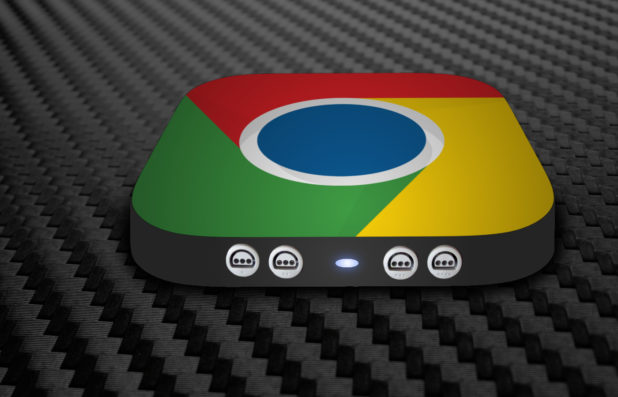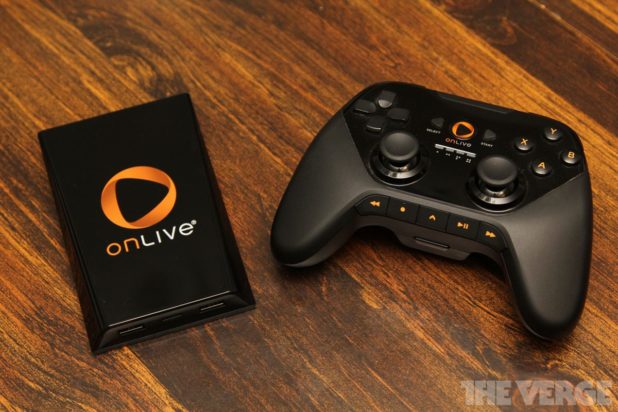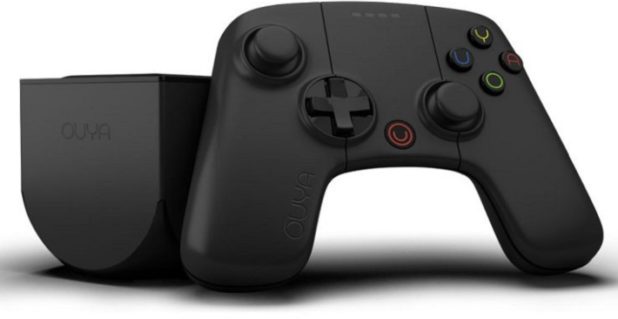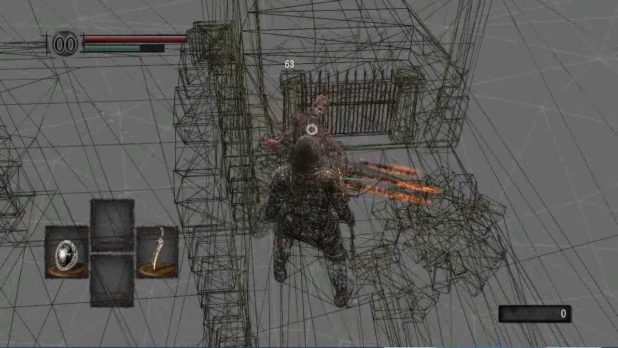Adrian Sol
Daily Stormer
July 1, 2018
This is exactly what no one asked for.
So I guess Google wants to get in on that gaming dollar. Gotta get those big vidya bucks.
But instead of giving us what we want – cheap but good hardware, solid exclusive titles and tight, responsive gameplay – they’ll instead walk the path of doom.
In other words, they’ll do some kind of streaming thingamajig.
People love streaming thingamajigs, right?
Google has had an interest in gaming for quite a while now, and it finally seems like the giant is ready to tackle the industry. The interest has been there since the company talked of acquiring Twitch back in 2014 (before Amazon scooped them up) and Niantic Labs, creator of the smash hit Pokémon Go was incubated at Google. There were also rumors that Google was working on an Android-based gaming system, but nothing ever came from that.
Yeah, others tried to make an Android gaming console.
Didn’t turn out so well.
The thing is, there’s already plenty of Android “gaming consoles.” They’re called set-top boxes, and damn near everyone and their grandmas have them. You can play games on them just fine, even connecting controllers or a keyboard and mouse combo if desired.
The problem is mainly that the Play store sucks for gaming on a TV. Half the games require a touch screen or have only partial controller support, and there’s no way to filter the games to only get the ones optimized for televisions.
Google could take over a much larger share of the “console” market if they just made a section of the Play store for console-like experiences on Android, and made a little bit of effort to curate the content there so that it doesn’t get clogged up with complete crap.
Now, according to sources and as reported by Kotaku, Google might finally be making the full push into gaming. From five different sources, it looks like Google will be taking a multi-level approach to making their presence known in the gaming industry.
From Kotaku,
We haven’t heard many specifics about Google’s video game plans, but what we have heard is that it’s a three-pronged approach: 1) Some sort of streaming platform, 2) some sort of hardware, and 3) an attempt to bring game developers under the Google umbrella, whether through aggressive recruiting or even major acquisitions.
Earlier this year, at the Game Developers Conference, the tech powerhouse had meetings with several large gaming companies involving talks of gaming and game streaming services. Reported earlier this year by The Information, this service could be called Yeti.
Game streaming makes sense, as many influencers and companies see streaming as the future of gaming, making games available, in theory, to a much wider audience. How, you ask? By removing the hardware requirements needed for games. While this is all good in theory, we do need to be realistic, as much of this will require amazing internet and there are still plenty of places worldwide that do not have that luxury.
No, it’s not good “in theory.” Game streaming sucks because of input lag.

No one can live like this.
This is an issue that can’t be solved using a pure game streaming solution. And it affects people even if they have monstrously fast internet connections, because of network latency.
Basically, think of it this way. Let’s say you want your game to run at 60 frames per second. Then that means each frame has 33 milliseconds to render. So if you press the “shoot” button, the game receives your input, processes it within the console or computer, and updates the action on screen once the current frame is finished rendering. This means that normally, the delay between pressing a button and seeing the results on screen is going to be less than 33ms.
However, even on a great internet connection, you’re going to be looking at a latency of 15-20ms. So when you press a button, that information is sent over the network to the computer running the game, which then has to do the processing and the frame rendering, compress the video frame, and then send it to you. Then your own device will have to decode the frame and show it on screen.
That means the delay between pressing a button and getting the result on screen can’t possibly be less than 80ms or so – which is a pretty big chunk of input lag.
This makes all games feel like they have loose, floaty controls.
Feels like playing the game with a fish as a controller.
And 80ms is only the minimum. This could easily jump to 150ms or more, in practice.
So the whole concept is more or less doomed, at least when it comes to action games which require tight, precise controls.
The industry, and Google in particular, is only pushing this because it makes so much sense from a business perspective. It turns video games into an internet-based subscription streaming service, where all the power is in the hands of the company providing the service, rather than the developers and publishers.
However
Warning: big brain nibba posting ahead. Only the brave should proceed.
There could be a way to implement lag-free game streaming which runs on minimal hardware, and even over a shitty internet connection. I strongly doubt this is what Google is thinking of, but hear me out.
My idea is a kind of “hybrid” system. The local device (which can be a cheap and low-power device sold for$35) has a minimal copy of the game and only renders a flat shaded polygonal version without textures or shaders, nor without any music or character AI.
Something like this. It could run on a toaster.
This “minimal” game would only have the basic models/level layouts, and the code to implement the player controls. So the player could still move his character and act in real time, even without receiving any data from the servers.
No input lag. Fast frame rates.
The server, on the other hand, would create the texture and shading information, as well as add all the details, AI behavior, physics information, special effects, music and sounds for each frame. Then it would send out this data for each object separately, along with the mesh data for the frame.
This is what a mesh for a video game looks like.
However, all this nice rendering data is almost certainly going to arrive late and miss the frame it was supposed to “paint” over.
So when the server data arrives, the local game compares the mesh data with the mesh data of the next frame, and applies perspective correction algorithms on all the images corresponding to the various objects on screen before painting them on the “new” frame.
The “local” game could also contain the first 50 milliseconds or so of every sound effect and song in the game, to be played while waiting for the full thing from the server. This would allow instant response from gun sounds, jumping sounds, etc.
This system would allow for very tight controls and no lag while playing games, even on a slower connection. However, it could introduce some texture warping and other visual artifacts in scenes with a lot of rapid movement when the server latency is high.
The reason why Google is unlikely to go for a technical solution like this is that they couldn’t just take existing games and put them on this system. Games would need to be modified substantially in order to work in the way I just outlined. You could probably make a plugin for engines like Unity and Unreal Engine that would take care of most of the work, but existing games would still need to be patched and reworked.
Either way, we’ll see what Google comes up with, but my hopes aren’t high.






